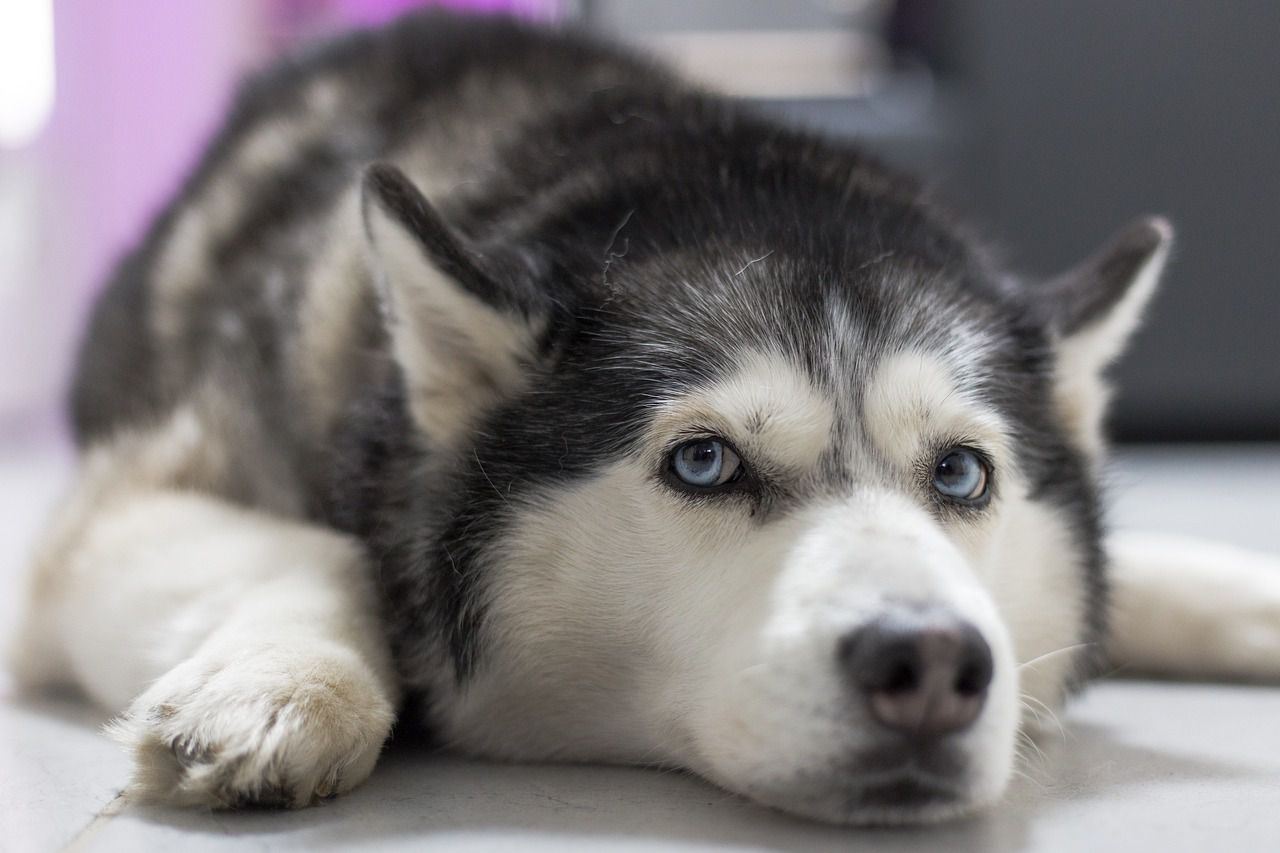How huskies don't overheat in summer: Learn more about this amazing breed
While some dog breeds are better in cold weather than in hot weather, most of them have a few mechanisms that help them not to overheat.
Huskies are well-adapted to thrive in cold climates and have certain features that help them cope with warmer temperatures during the summer.
Let's find out more!
Double Coat
Huskies have a double coat, consisting of a soft undercoat and a thicker outer coat.
This double layer of fur acts as insulation, providing protection against both cold and heat.

During hot weather, their double coat helps to regulate body temperature by trapping cool air close to their skin.
Shedding
In warmer months, huskies undergo a process called "blowing their coat," where they shed their thick winter fur to make way for a lighter summer coat.
This shedding helps them adapt to higher temperatures, allowing for better heat dissipation.
Thermoregulation
Huskies are efficient at thermoregulation, which means they can regulate their body temperature in various weather conditions.
They are adapted to withstand temperature fluctuations and can cool down through panting and sweating through their paw pads.
Burrowing
In the wild, huskies may dig burrows to find cooler spots during hot days.
This instinctual behavior allows them to seek shade and cooler ground, helping them avoid overheating.
Hydration Awareness
Huskies are instinctively aware of the importance of staying hydrated.
They may consume more water during hot weather to maintain their fluid balance and prevent overheating.
